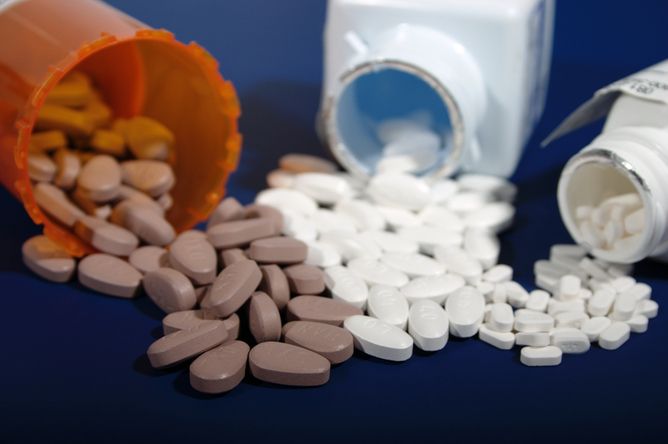
We'll Never Know if Statins are Safe While Commercial Interests Come First (Op-Ed)

This article was originally published at The Conversation. The publication contributed the article to Live Science's Expert Voices: Op-Ed & Insights.
What we know about statins comes almost entirely from commercial interests. So what we take for knowledge about their harms and benefits is actually information designed to optimise the drug makers’ responsibility to maximise shareholder profit.
Statins are being recommended because of their ability to lower cholesterol, but they also come with side effects. And the “knowledge”, which serves as the basis for recommending statin therapy for many millions of people at low risk of cardiovascular disease, is going to set back the goal of improving population health.
All 27 clinical trials of statins have been funded by statin-makers. There are serious consequences to this. First, the data that is relied upon to put millions more people in the US and UK on statins is coming to us third hand. The manufacturers won’t release the data to any group other than the Cholesterol Treatment Trialists (CTT), a collaboration set up to provide an overview and statistical power to trial findings, and CTT won’t release the data to anyone else. So experts attempting to formulate public policy must accept the CTT’s interpretation of the data – this isn’t good enough.
The populations used in the studies were also less representative of the general population to whom they will be prescribed. There is strong evidence that side effects are not ascertained properly in the clinical trials, including failure to report the incidence of serious adverse events in the active treatment and placebo arms of the studies.
Finally, the statins studies focus on cardiovascular results rather than overall health outcomes. As we showed in an article in the British Medical Journal, a re-analysis of the CTT data revealed there was no overall health benefit (no decrease in overall mortality or serious adverse events) when people with less than 20% risk of developing cardiovascular disease over the next ten years are treated with a statin.
The net effect of treating approximately 100 people with 10-20% risk over the next ten years with statins is not to reduce the overall mortality rate, but to exchange one heart attack or stroke for another serious illness. And in the meantime, about 18% of the people will experience side effects.
Sign up for the Live Science daily newsletter now
Get the world’s most fascinating discoveries delivered straight to your inbox.
If our knowledge base were balanced to reflect the public interest (how best to prevent heart disease and improve overall health) rather than to sell more statins, the clinical trials would include lifestyle measures that might make a difference. But because all trials have commercial funding, this kind of study has not been done, presumably because it’s too much of a threat to drug sales, which have been going quite well without the additional information.
Because of this enormous gap in our knowledge of how best to reduce the risk of cardiovascular disease and improve overall health, we must rely at least partially on observational data. The World Health Organisation has concluded that 80% of the risk of cardiviovascular disease is the result of unhealthy lifestyles, which many people are challenged to change because of socio-economic circumstances.
If the goal of this endeavour is to make people healthier, we need more relevant clinical trials. In the interim, we have a responsibility to refocus the discussion about cardiovascular disease prevention to prioritise positive lifestyle change – on the personal, healthcare, and public policy levels.
Many of the experts opine that this is a fool’s mission because people won’t change. I think the evidence shows it is reckless to impose biased information that stands in the way of an effective programme that would decrease the burden of cardiovascular disease and improve overall health.
John Abramson has served as an experts in litigation involving the pharmaceutical and medical device industries, including a case involving a statin
This article was originally published on The Conversation. Read the original article. The views expressed are those of the author and do not necessarily reflect the views of the publisher. This version of the article was originally published on Live Science.












